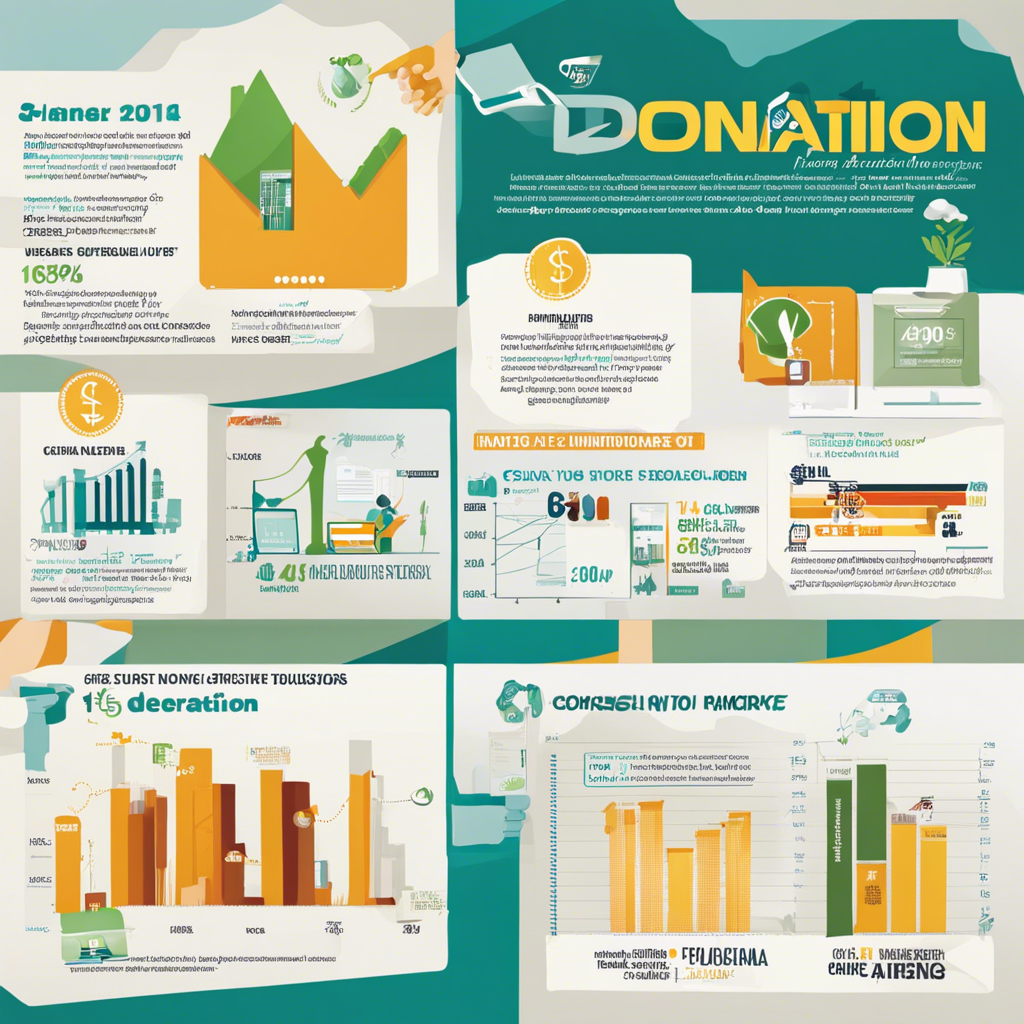Exploring donation trends across industries, this article compares corporate, healthcare, and educational sectors, highlighting unique characteristics and donation strategies.
Donations play a pivotal role in driving positive change across various sectors, from corporate initiatives to healthcare and educational institutions. In today’s society, where social responsibility is a cornerstone of many organizations, understanding donation trends within different industries becomes essential. This article delves into a comparative study, shedding light on the distinctive donation practices in the corporate, healthcare, and educational sectors, and exploring how these trends shape the philanthropic landscape.
The world of donations is diverse, and each industry brings its own unique characteristics and approaches to the table. By examining these differences, we can uncover valuable insights into the motivations, strategies, and outcomes of charitable giving.
Let’s embark on this journey of discovery, exploring the fascinating realm of donation trends across industries.
Corporate Sector Donations
In the realm of corporate social responsibility, donations have become an integral part of business strategies. Companies are increasingly adopting initiatives that go beyond profit maximization, recognizing the importance of contributing to society. When it comes to donation trends, the corporate sector showcases a wide array of approaches.
Corporate Philanthropy
One prominent aspect of corporate donations is the practice of corporate philanthropy. Major corporations often establish charitable arms or foundations to manage their giving activities. These initiatives are typically driven by a desire to support causes aligned with the company’s values and business interests. For instance, The Bill & Melinda Gates Foundation, established by Microsoft founders Bill and Melinda Gates, has become a global leader in philanthropy, addressing critical issues such as global health, education, and poverty alleviation.
Strategic Partnerships
Another notable trend is the formation of strategic partnerships between corporations and nonprofit organizations. These alliances enable companies to leverage their resources and expertise to address specific social issues. For instance, partnerships between technology giants and environmental NGOs have led to innovative solutions for climate change mitigation, as seen in the collaboration between Google and leading environmental organizations to promote renewable energy.
Healthcare Donations: Saving Lives, Advancing Research
Donation Impact on Healthcare
The healthcare industry heavily relies on donations to advance medical research, improve patient care, and support underserved communities. Donations play a vital role in bridging the gap between available resources and the growing healthcare needs of the population.
Private Donations and Research Funding
Private donations have a significant impact on medical research and innovation. Individuals and foundations often provide critical funding for research initiatives, enabling scientists to explore new treatments and cures. These donations can accelerate the development of groundbreaking therapies, as seen in the rapid progress made in cancer research thanks to substantial private funding.
Philanthropic Hospitals and Free Healthcare
Philanthropic hospitals and healthcare organizations are at the forefront of providing free or low-cost healthcare to those in need. These institutions rely on donations to offer essential medical services to underserved populations. By removing financial barriers, these organizations ensure that patients receive timely and quality care, regardless of their ability to pay.
Educational Institutions: Investing in the Future
Educational institutions, from schools to universities, are key beneficiaries of donations, which enable them to enhance learning environments, support students in need, and foster the next generation of leaders.
Scholarships and Financial Aid
Donations play a crucial role in providing scholarships and financial aid to deserving students. These contributions ensure that talented individuals from diverse backgrounds have access to quality education, regardless of their financial circumstances. Many universities have established robust scholarship programs, funded by generous donors, to support students throughout their academic journey.
Donor Recognition and Engagement
Educational institutions often go to great lengths to recognize and engage with their donors. They create personalized experiences for donors, offering unique opportunities such as naming rights for buildings, scholarships, or research centers. This approach fosters a sense of belonging and encourages ongoing support.
Impact of Education Donations
The impact of educational donations extends far beyond individual students. Invested in education, donors have the potential to influence societal progress, innovation, and economic growth. By supporting educational institutions, donors contribute to the development of a highly skilled workforce, fostering creativity, and promoting social mobility.
FAQs on Donation Trends
How do donation trends differ across industries?
Donation trends vary significantly across industries. In the corporate sector, donations often align with business interests and may involve strategic partnerships. Healthcare donations focus on research, patient care, and underserved communities. Educational donations primarily support scholarships and infrastructure.
What motivates companies to engage in corporate philanthropy?
Corporate philanthropy is driven by a desire to make a positive impact on society while aligning with the company’s values and interests. It allows businesses to contribute to causes they care about and build a positive brand image.
How do healthcare donations contribute to medical advancements?
Healthcare donations play a vital role in accelerating medical research and innovation. Private donations fund critical research initiatives, leading to the development of new treatments and cures. Philanthropic hospitals provide free or low-cost healthcare, ensuring access to essential services for all.
In the vast landscape of donation trends, the corporate, healthcare, and educational sectors stand out with their unique approaches and impacts. Corporate donations, driven by social responsibility and strategic interests, have the power to address societal issues on a large scale. Healthcare donations, with a focus on research and patient care, save lives and advance medical knowledge. Educational donations, by supporting students and institutions, invest in the future, fostering innovation and societal development.
As we navigate the complex world of philanthropy, understanding these industry-specific donation trends is essential. By recognizing the distinct characteristics of each sector, we can unlock the full potential of donations, ensuring that our collective efforts lead to meaningful and sustainable impact.
Suggested external links and anchor texts:
1. Bill & Melinda Gates Foundation: Leading Global Philanthropy
2. Google’s Green Initiative: Powering a Sustainable Future
3. NGO Impact: Collaborating for Social Change
